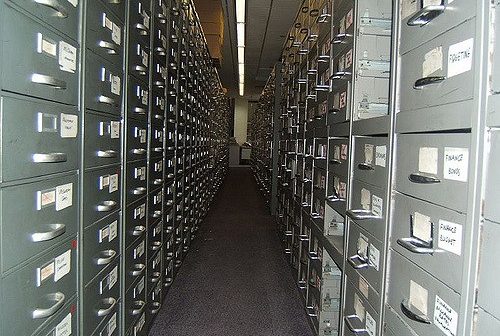SAS Voices
News and views from the people who make SAS a great place to work
The paradigm in which we have all lived in an electrified world is changing. The convergence of technology, changing business models, and increasing customer expectations means the way utilities have operated for the last 100+ years must change. Further, this change must embrace where the operations side of the business

It's that time of year, once again, when I take a traditional Christmas song or carol and create a fun technology-related version of it to share with all of you. This is the fourth year and the seventh song, so I hope you enjoy your holiday song for 2017: AI

From national parks and healthcare to taxes and nutrition, federal civilian agencies feature an incredibly large and diverse set of missions. These agencies oversee almost every aspect of American life with an endless sea of projects, programs and general oversight. But, as Deloitte Consulting’s Mark Urbanczyk said during a recent

The primary obstacle to becoming a data-driven business is that data is not readily available, leaving valuable insights unused in data silos. To overcome this hurdle, today’s companies are creating a new role: Chief Data Officers (CDO). Responsible for unlocking insights hidden in data silos, the CDO is tasked with

Are you struggling to kick start your organization’s analytics journey, especially when it comes to leveraging advanced analytics and machine learning techniques? If the answer is yes then you’re definitely not alone. Whilst most organisations today recognise the benefit of analytics and data science, many are still struggling to kick

A steady drumbeat of news coverage makes one thing clear: Opioid abuse is rising and has reached epidemic levels throughout our country. Overdoses from the diversion and abuse of prescription opioids are one cause of the surge in deaths. Overdoses from heroin and other illicit synthetic opioids (such as heroin,





